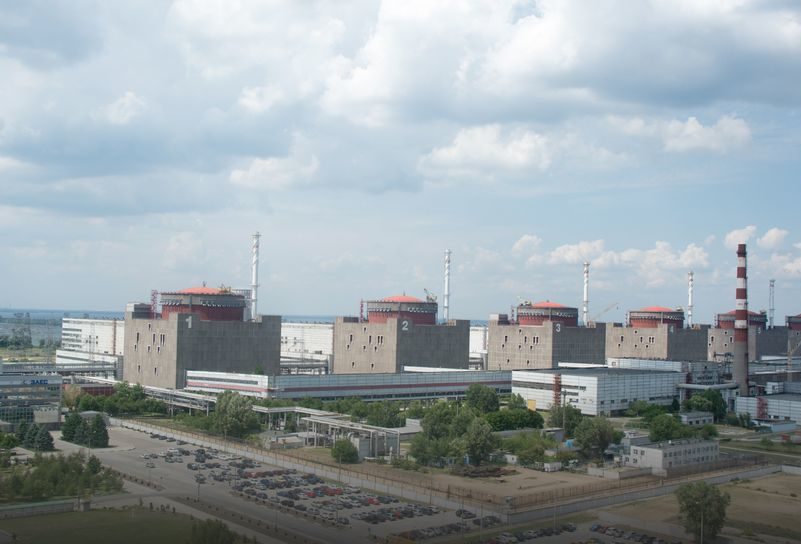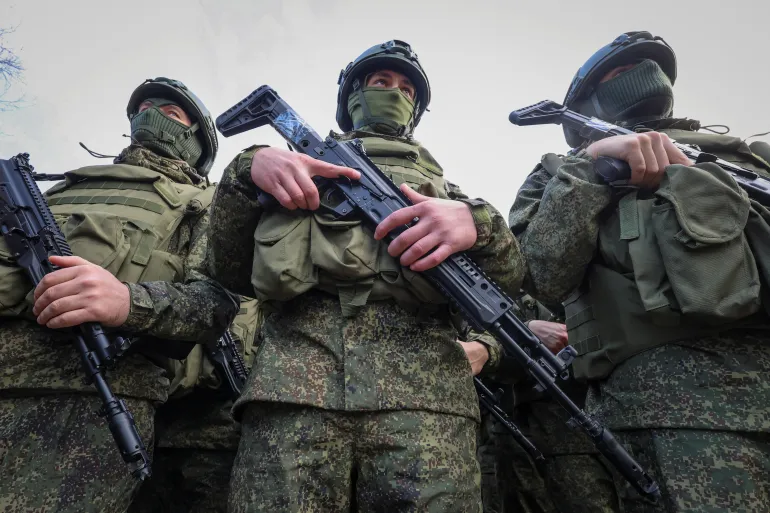Radiation monitoring station destroyed near Russian-occupied Zaporizhzhia nuclear plant, IAEA says
IAEA reports destruction of radiation monitoring station near occupied Zaporizhzhia NPP, reducing off-site detection capabilities. Ongoing challenges include distant explosions, cooling water issues, and staff changes.


The International Atomic Energy Agency (IAEA) has released an update on the nuclear safety situation in Ukraine, highlighting ongoing challenges and concerns amid the continuing conflict. Director General Rafael Mariano Grossi reported that a radiation monitoring station located approximately 16 kilometers southwest of the Zaporizhzhia Nuclear Power Plant (ZNPP) was destroyed by shelling and fire this week.
ZNPP has been occupied by Russians since 2022. The report doesn’t mention Russia or the fact that the Zaporizhzhia nuclear station has been occupied.
“Since early 2022, several radiation monitoring stations within a 30-kilometre area around the ZNPP have been out of service for varying periods of time due to damage sustained as a result of the conflict. Four stations, more than a quarter of the pre-conflict total of 14, are currently unavailable,” the IAEA report noted.
According to the report, this destruction of the monitoring station further reduces the plant’s ability to detect and measure potential radioactive releases during emergencies. Grossi emphasized the importance of off-site radiation monitoring, stating,
“The functioning of off-site radiation monitoring equipment is an essential part of nuclear safety around the world.”
The IAEA report details several ongoing issues at the ZNPP:
- Explosions continue to be heard at a distance from the site on most days.
- Cooling water challenges persist, with the main cooling pond’s water level declining by 1.5 meters over the past year.
- New staff appointments have been made in recent months, including in key operational positions.
The IAEA team at the site has been conducting regular inspections and tests, including emergency diesel generator tests and radiation monitoring walkdowns. However, the occupation forces prevent them from accessing certain areas of the plant.
Grossi concluded by emphasizing the ongoing nature of the challenges:
“The loss of one radiation monitoring station does not have a direct impact on safety at the ZNPP, but it forms part of a continuous erosion of a range of safety measures during the war that remains a deep source of concern.”
Related:
- IAEA confirms destruction of critical substation in occupied Enerhodar
- Global Peace Summit: Russia must withdraw from Zaporizhzhia nuclear plant
- Ukrainian minister at IAEA: Global nuclear safety at risk as Zaporizhzhia plant, biggest in EU, remains occupied
- US congressional committee approves sanctions against Rosatom
- UN Security Council: Russia responsible for Zaporizhzhia nuclear plant incidents
- Russia plans another false-flag attack on Russian-occupied Zaporizhzhia nuclear plant, Ukraine’s military warns



